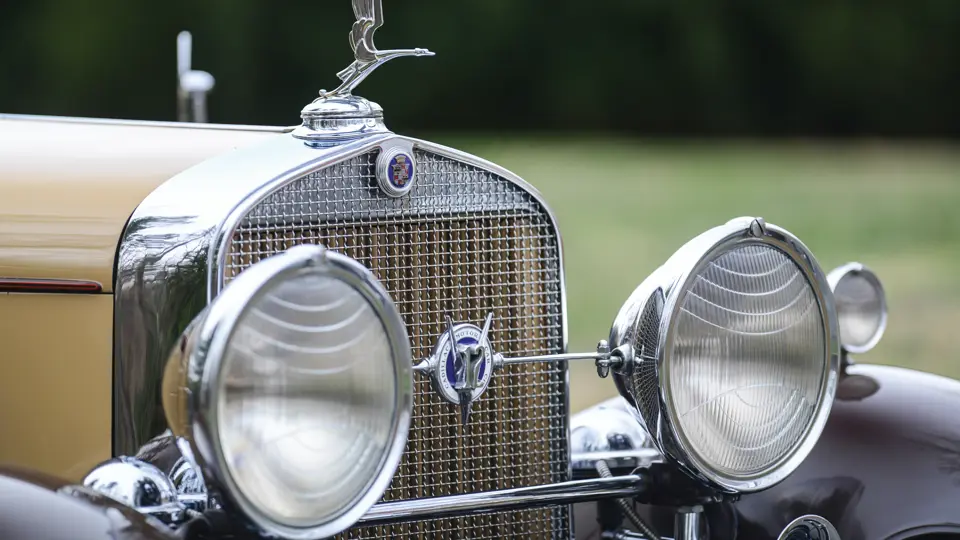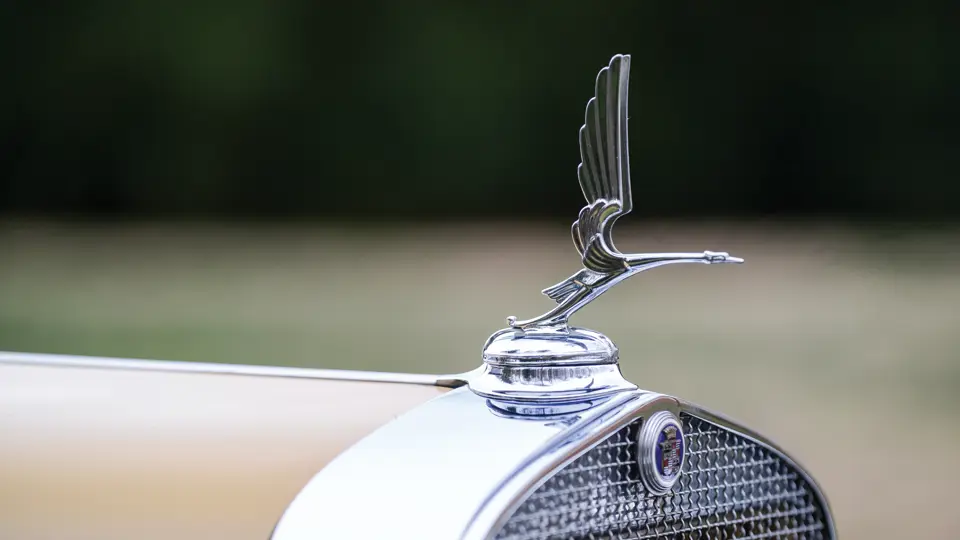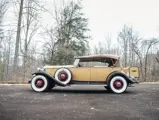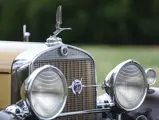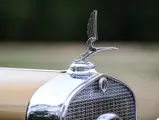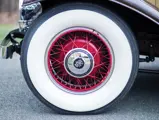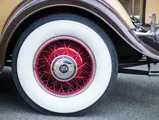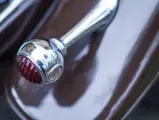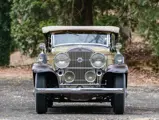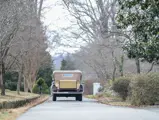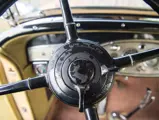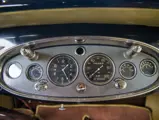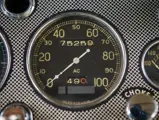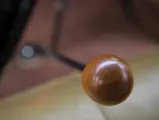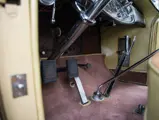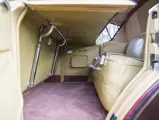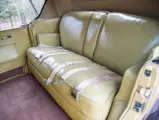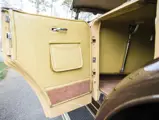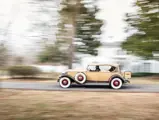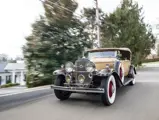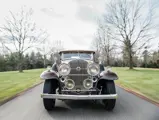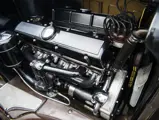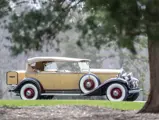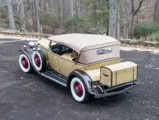Series 370A. 135 bhp, 368 cu. in. OHV V-12 engine, three-speed manual transmission, solid front and live rear axles with semi-elliptic leaf springs, and four-wheel mechanical drum brakes. Wheelbase: 140 in.
The Cadillac V-12 was basically the same as the V-16, save for some cylinders eliminated. The stroke remained the same, although the bore was larger. This resulted in 368 cubic inches from the 45-degree block, and like the Sixteen, it ran quietly, the benefit of hydraulic valve lifters. Rated at 135 brake horsepower, just 30 less than its larger sibling, some V-12 aficionados feel it is the better choice.
Historian Walter McCall has written that the Twelve sold well, too, but at the expense of the Sixteen. Sales of the Sixteen hit the skids from September 1930, and the fact that the equivalent Twelve was priced $2,500 lower certainly had something to do with it, whether from real hardship or merely the wish to appear somewhat less ostentatious. Moreover, wheelbase aside, the cars looked very much alike, so the image of a V-12 seemed a much better bargain.
A copy of its original build sheet, included on file, confirms that the car here is an original phaeton, body style number 4760. This body, with its individual front and rear passenger compartments, was similar in its lines to the Fleetwood Sport Phaeton body for the V-16 Cadillac but lacked the roll-up second windshield and rear compartment instruments. While Fisher was responsible for building the body, the art of trimming its interior in the finest materials was handed over to Fleetwood, and the car was badged appropriately.
The finished phaeton was sent to the Philadelphia Branch, later being diverted to Allentown, Pennsylvania, where it found its original owner. The car is believed to have been restored in the early 1980s, at which point it was refinished in its present two-tone brown and coffee tan color scheme with tan synthetic leather upholstery, as well as possibly the second cowl. Eventually, it was added to the collection of its present caretaker, where it has remained since 2009. Most recently, it has been treated to a full fuel system cleaning, valve train adjustment, distributor tuning, engine bay detail, and other maintenance and tuning items.
The car retains much of its original body woodwork in the floors, indicating its well-preserved condition prior to the restoration; similarly, a Cadillac lubrication tag is present inside the door, and the firewall body tag is original. It is equipped with side curtains and a top boot, an original accessory trunk, dual Pilot Ray lights, a radiator stone guard, and dual side-mounted spares with mirrors. An interesting touch, notable and usable for CARavans, is that in addition to the accessory rack and luggage trunk, there is a separate storage compartment built into the tail of the body, ideal for a set of golf clubs, luggage, or additional tools.
Mechanically serviced and cosmetically detailed prior to sale, this Cadillac has the potential to be a wonderful CARavan car for its new owner.





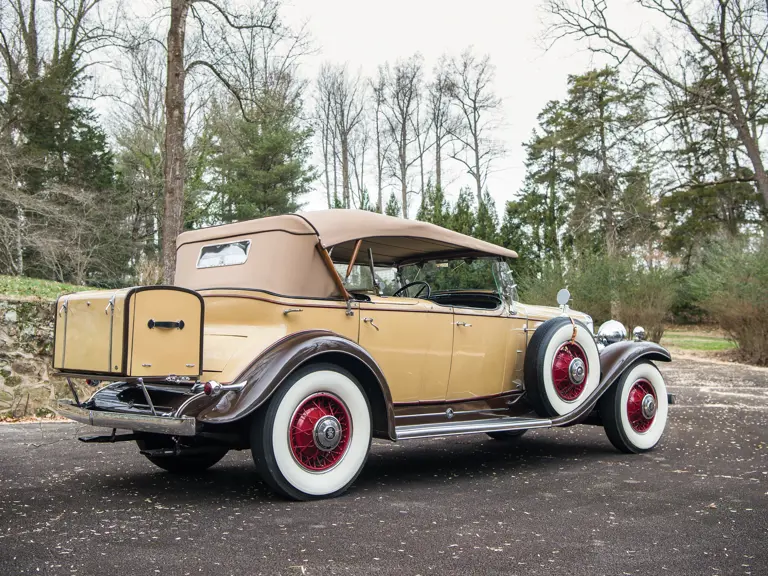
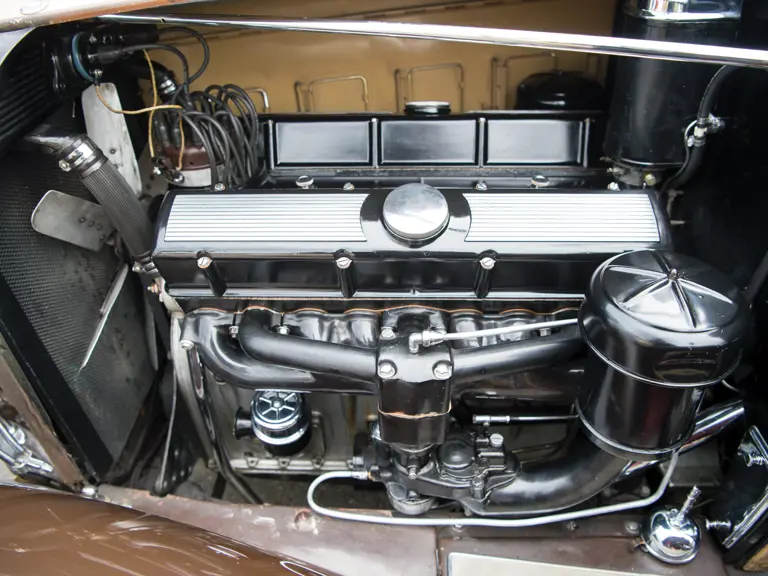
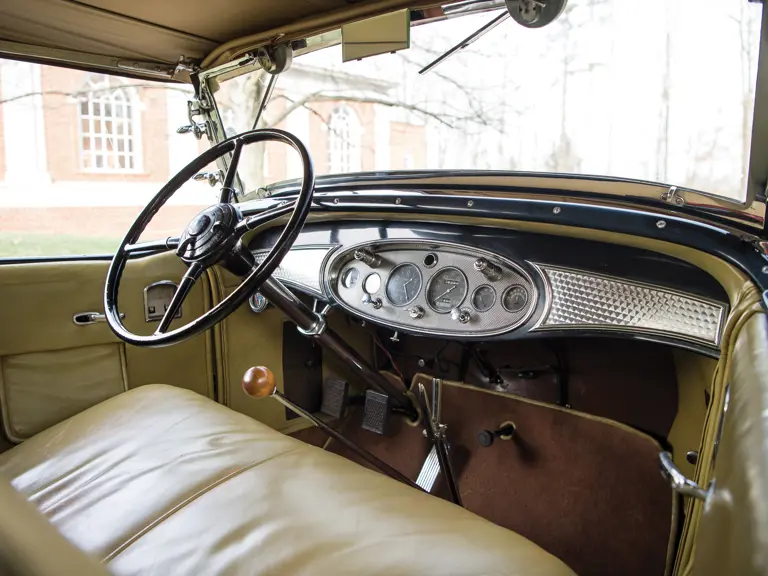
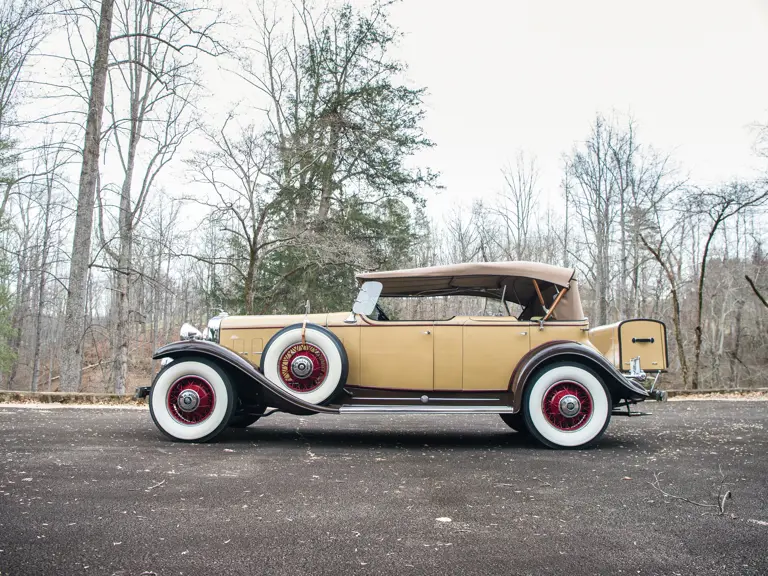
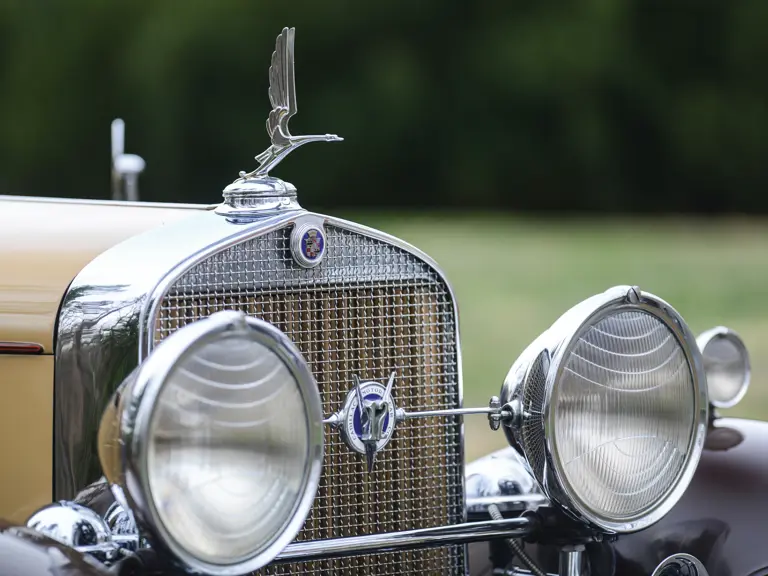

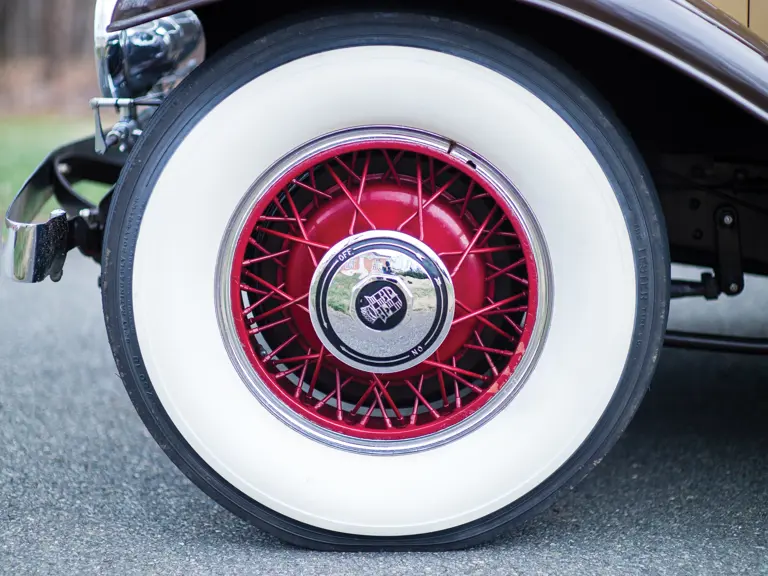

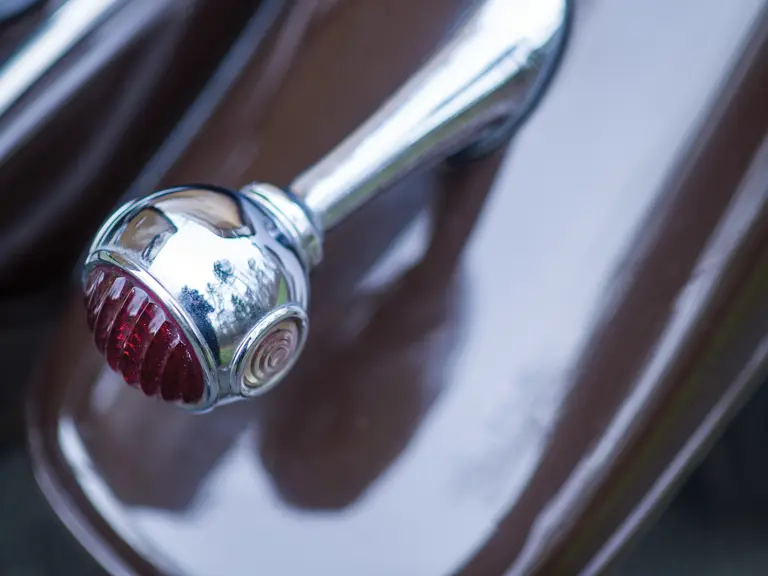
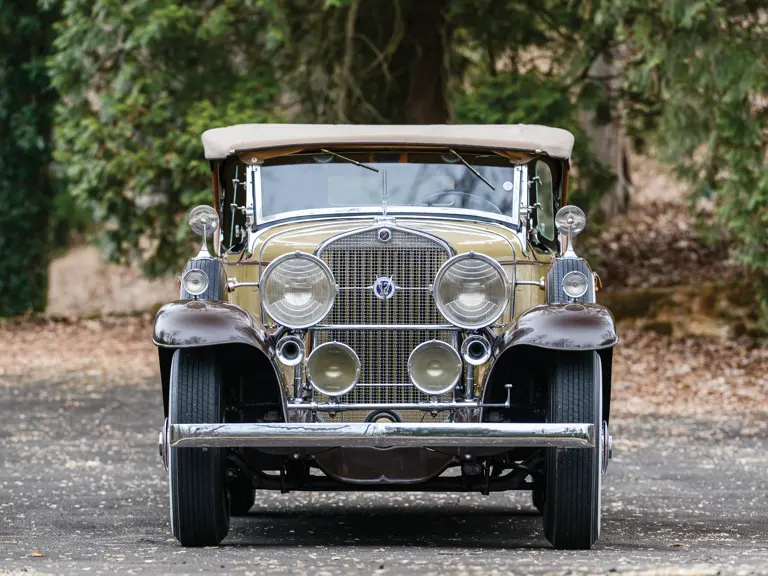
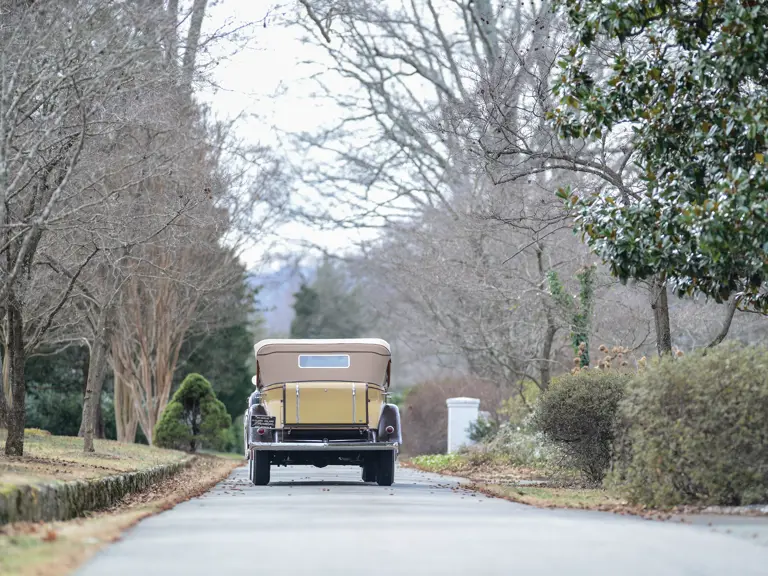

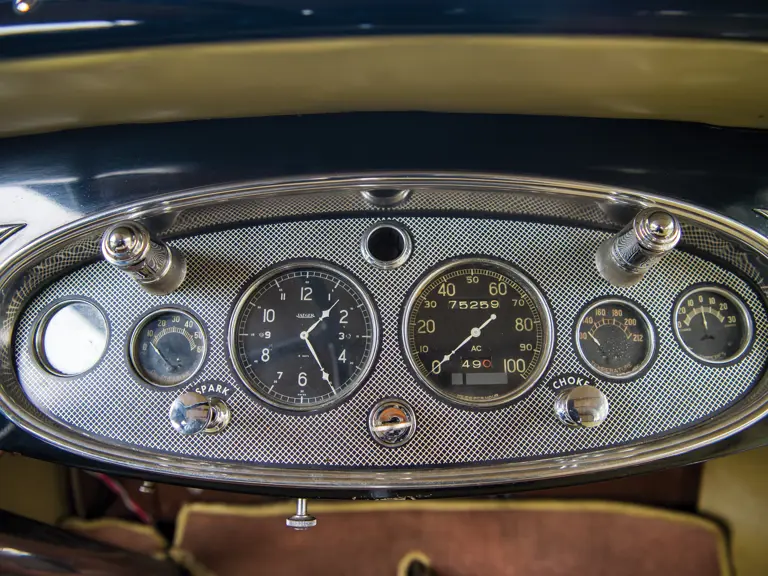
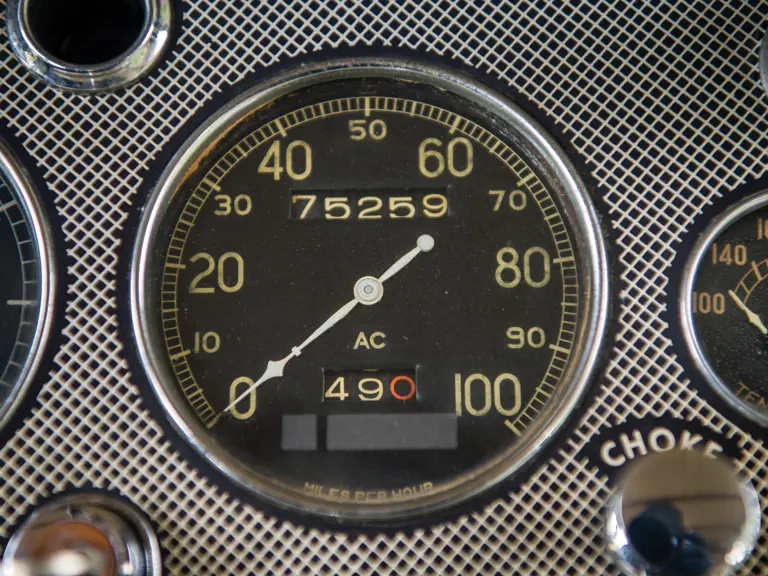
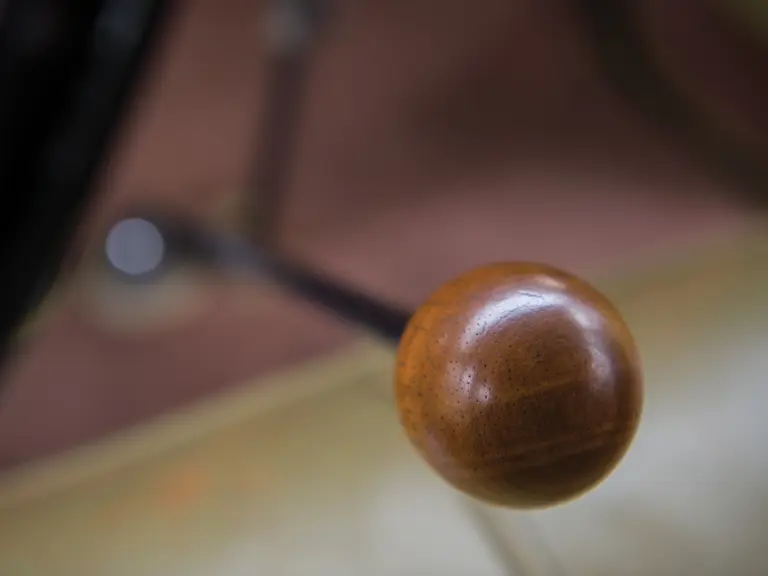

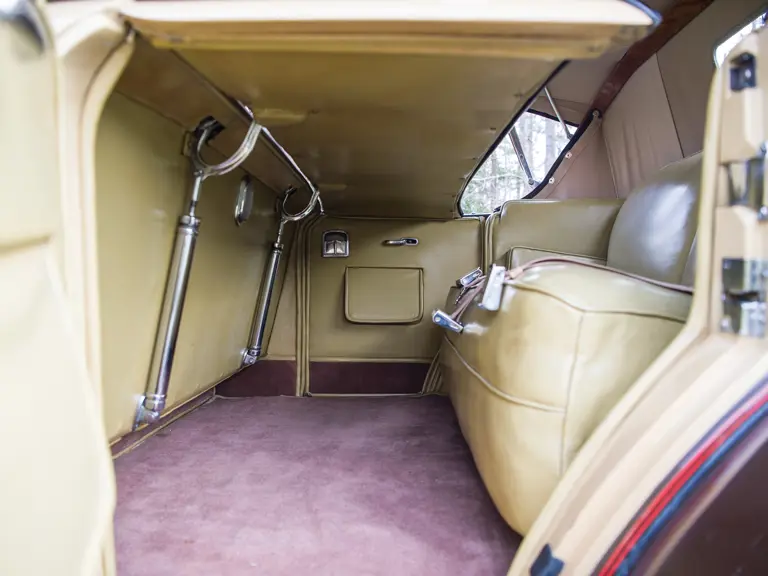
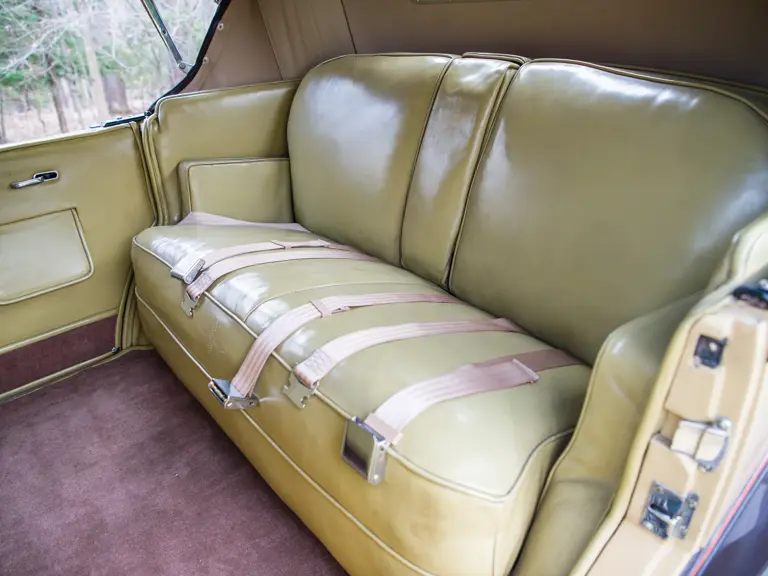
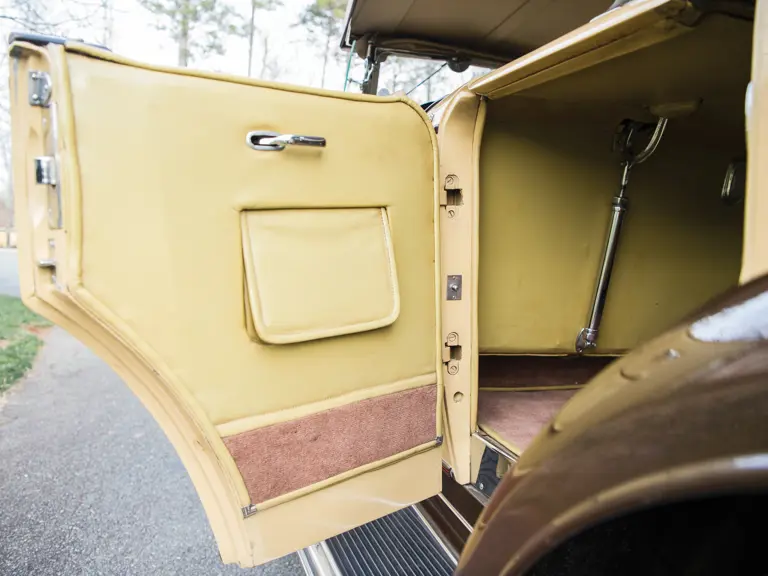
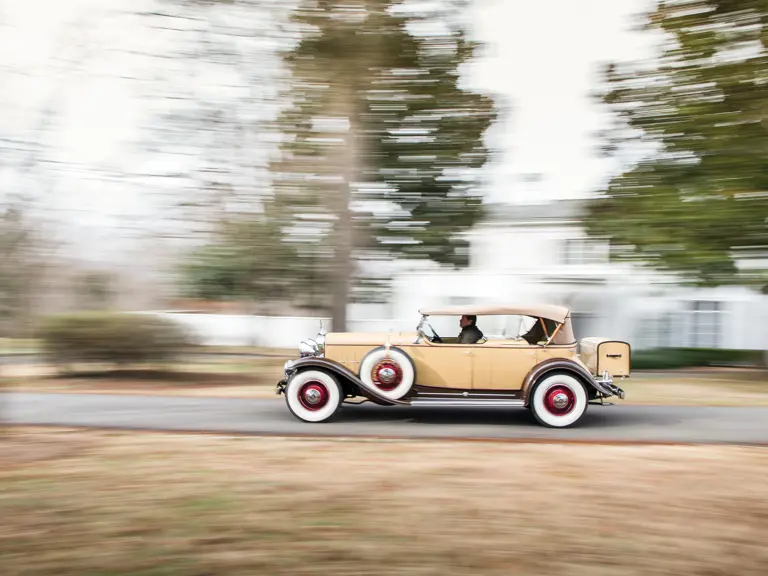
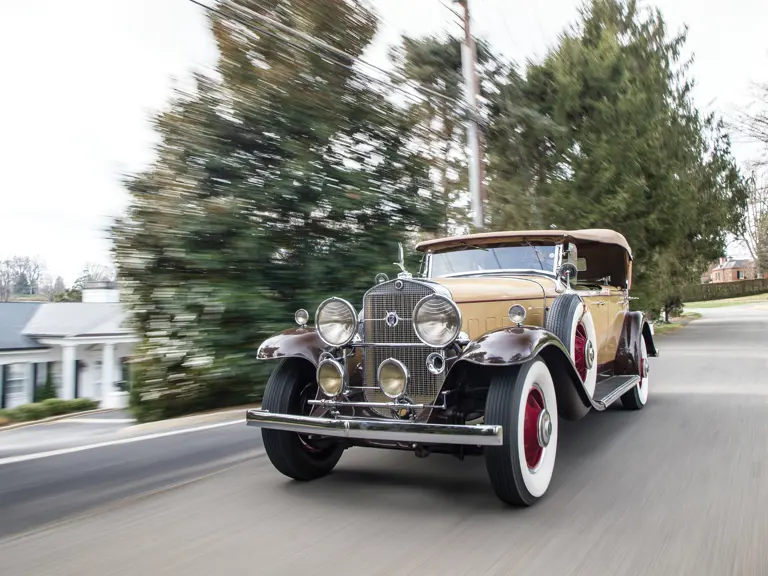
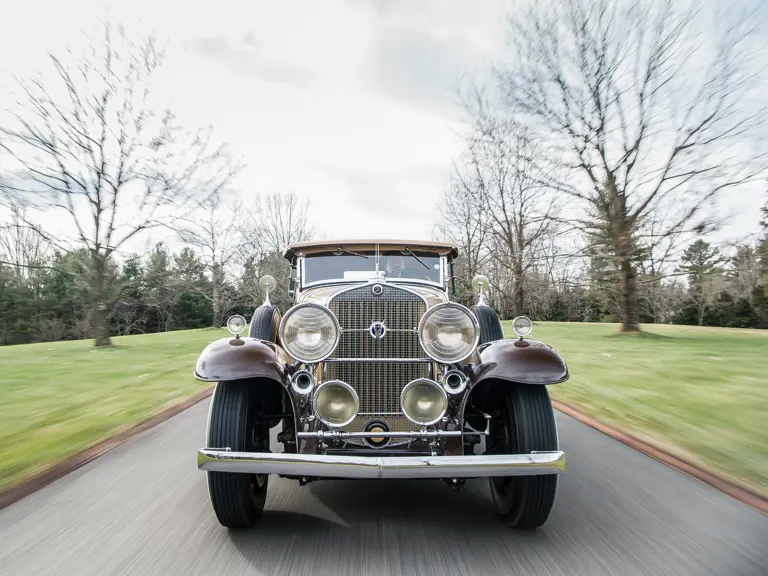

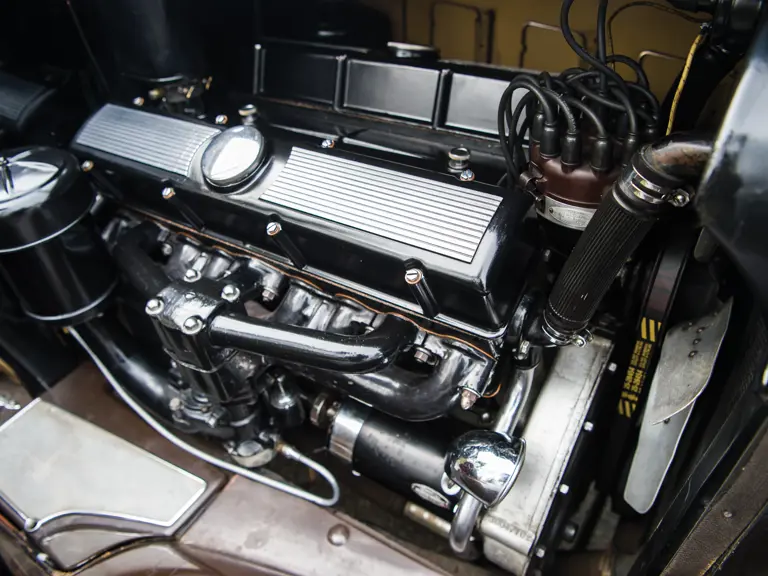
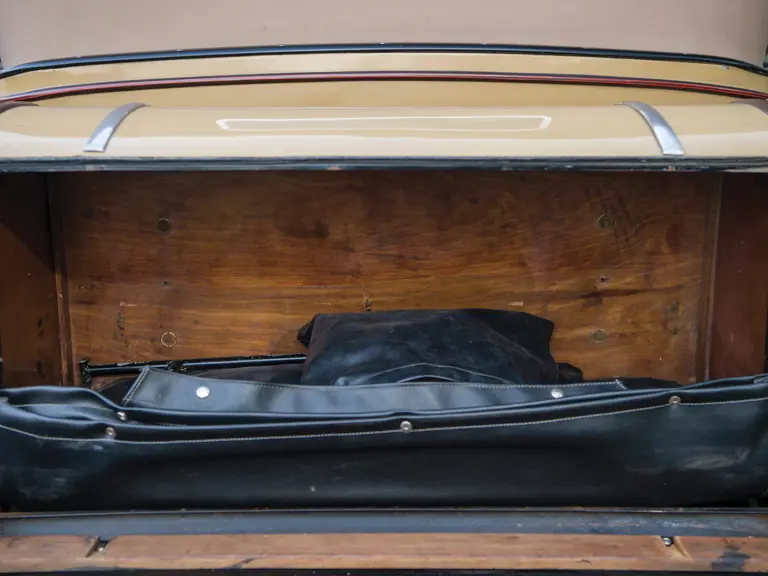
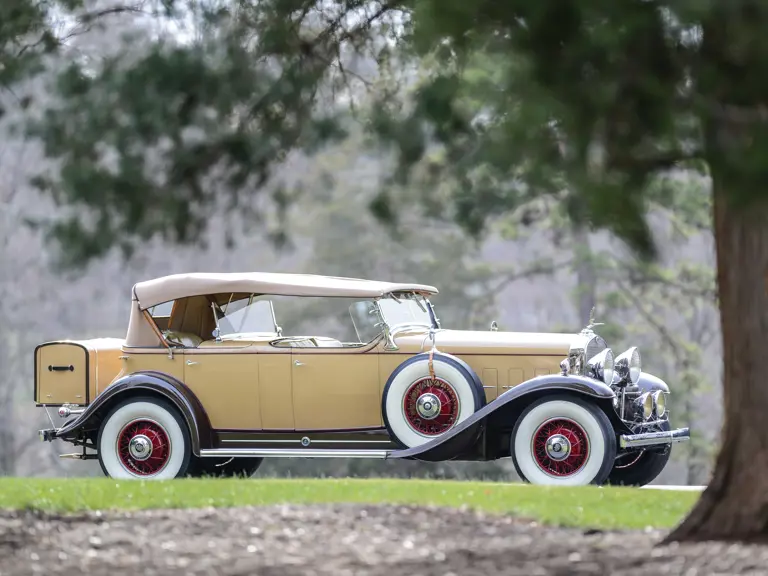
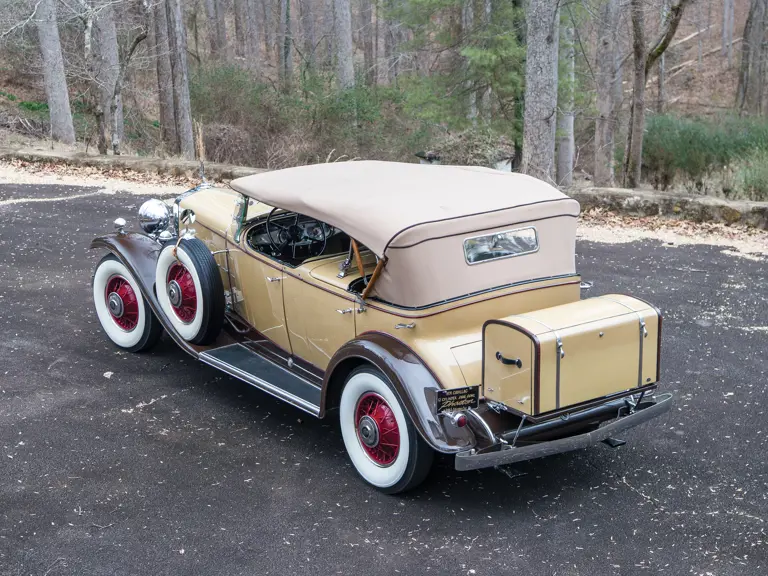

 | Amelia Island, Florida
| Amelia Island, Florida

